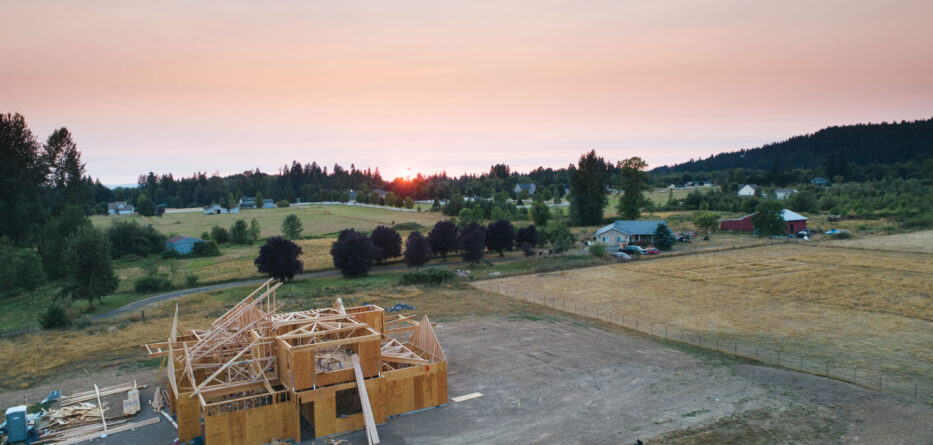Californians — particularly politicians and we in the media — talk a lot about the state’s housing crisis and how it could be resolved.
Simply put, we haven’t been building enough to meet the demand, even though the state’s once-robust population growth has slowed to a near-standstill, and the supply-demand mismatch drives up costs for both renters and would-be homeowners.
High housing costs are the major reason California has the nation’s highest rate of functional poverty and the second lowest rate of home ownership, just ahead of New York.
If anything, the pandemic has exacerbated the crisis. Distress among renters, many of whom suffered job losses, has increased while home prices have risen dramatically, with a median second only to Hawaii’s.
Although the housing shortage has received much media and political attention in recent years, it actually has been developing for decades, despite periodic spurts of production, as a new report from the Public Policy Institute of California underscores.
Bottom of Form
Citing data from the 2020 Census, PPIC researchers calculated that “the state added 3.2 times more people than housing units over the last 10 years. There are now 2.93 Californians for every occupied housing unit, behind only Utah (3.09) and Hawaii (2.93), and far above the average of all other states (2.53).”
“Though coastal housing is the most expensive, the biggest percent change in housing values has actually occurred in inland regions,” PPIC continues. “To avoid higher coastal prices, many residents have moved to the Central Valley, east of the Bay Area, and the Inland Empire east of Los Angeles. In the process, they have driven up prices in their new neighborhoods as well.”
The PPIC report cites a 2015 study by the Legislative Analyst’s Office that delved into the underlying reasons for the housing crisis. The LAO said that to avoid extreme cost increases, the state should have been building at last 70,000 more units a year, and perhaps as many as 110,000, from 1980 to 2010. It estimates the shortfall over that 30-year period at about 3.5 million units.
Gavin Newsom cited that figure while running for governor in 2018 and pledged that the gap would be closed by 2025. It was a fanciful promise, requiring construction to roughly quintuple to a half-million units a year, but if anything it has remained static or even declined.
“Average annual production has actually slowed, from 147,000 per year in the first decade of the century to just 71,000 per year since,” PPIC notes. “Construction dropped almost everywhere, but the drop was larger outside the expensive coastal counties (Los Angeles, Orange, and San Diego, as well as the Bay Area). And while the pace has picked up recently, it is not enough to overcome the years of lag.”
The state’s official housing production goal is 180,000 units a year and the Department of Housing and Community Development imposes numerical quotas on regions, which then become quotas on local governments, to zone enough land for their projected needs.
The department recently gained new powers to enforce its quotas and to block cities from bowing to local opposition to specific developments. The current state budget also boasts of spending $10 billion to spur housing for low-income families and another $7 billion to battle homelessness.
“These changes signal a more pro-housing stance, but it remains to be seen whether they are enough to boost production to the levels many consider necessary,” PPIC concludes.
There are no magic solutions. Given the scope of the crisis and decades of construction shortfalls, making even marginal progress would be nothing short of miraculous.






